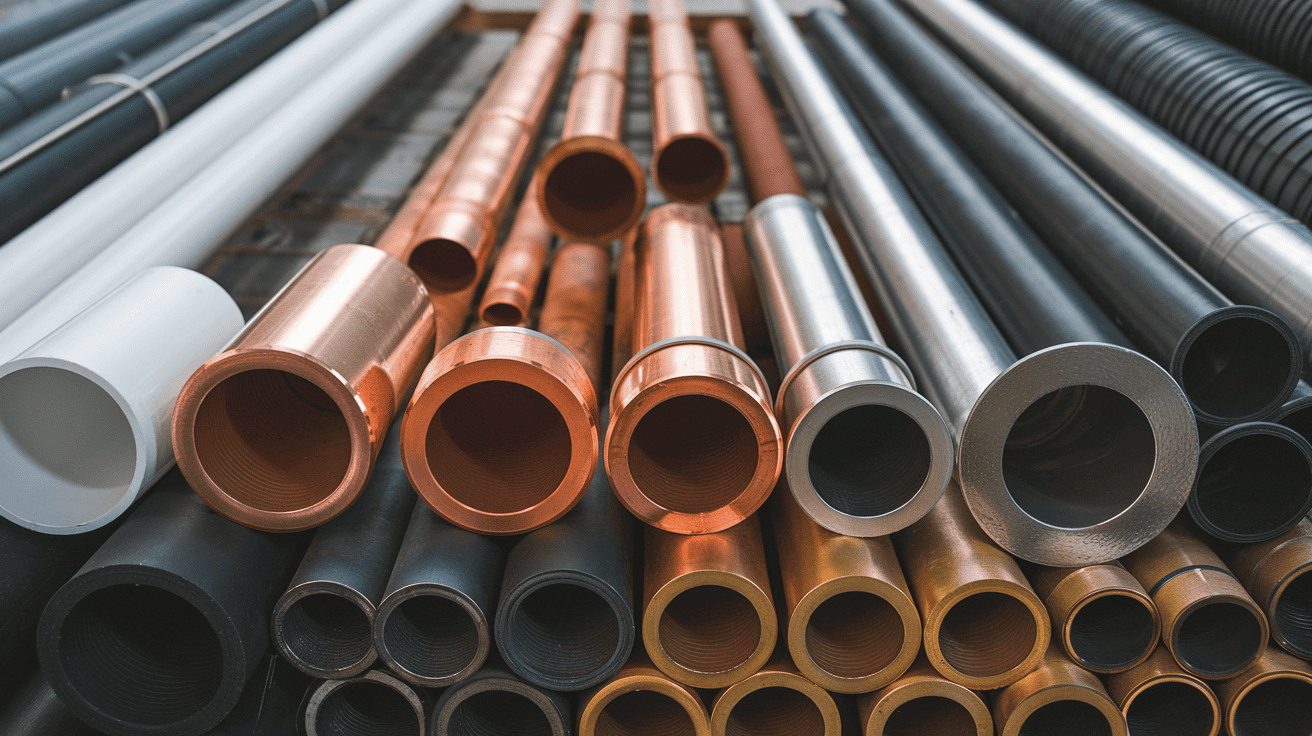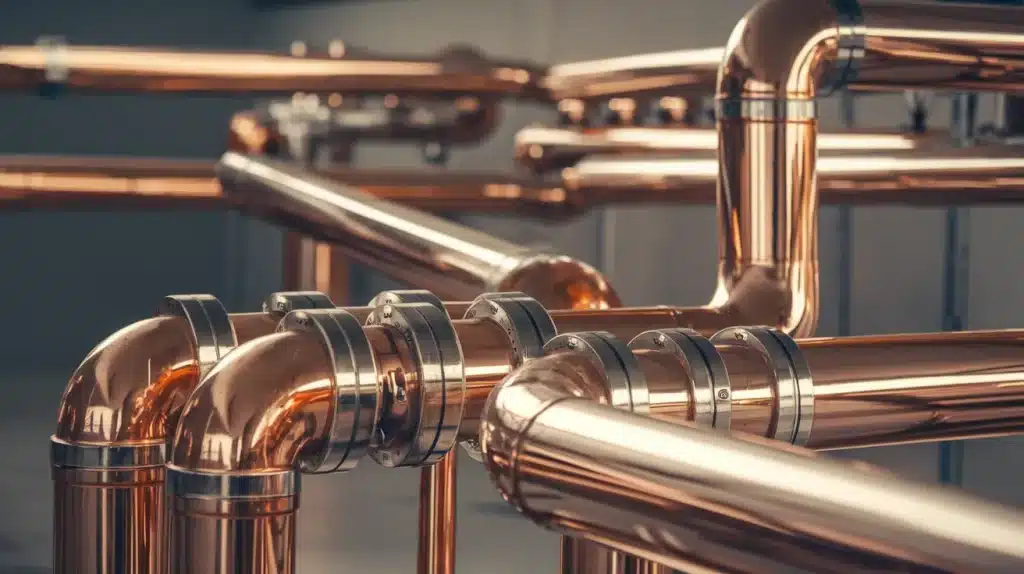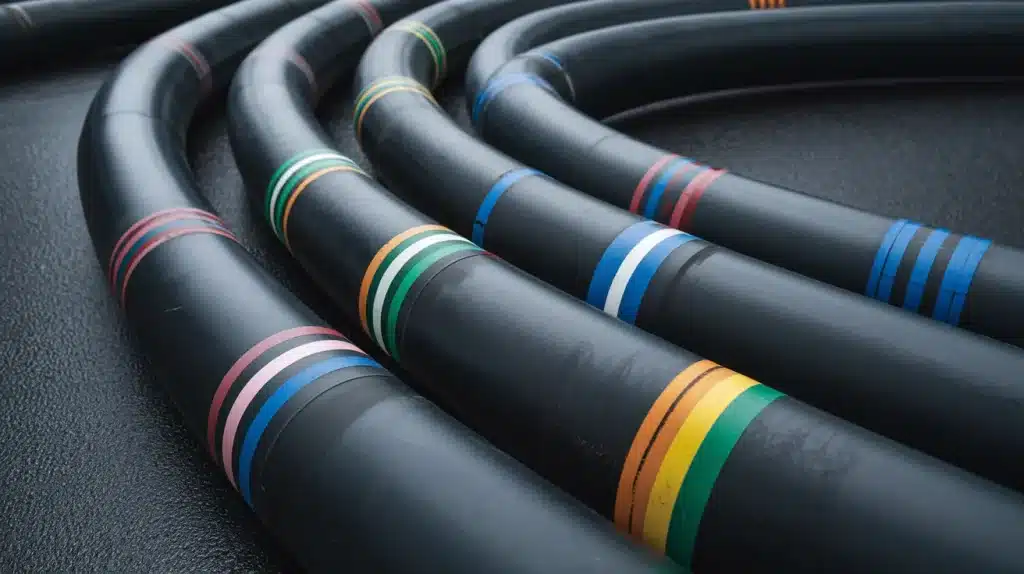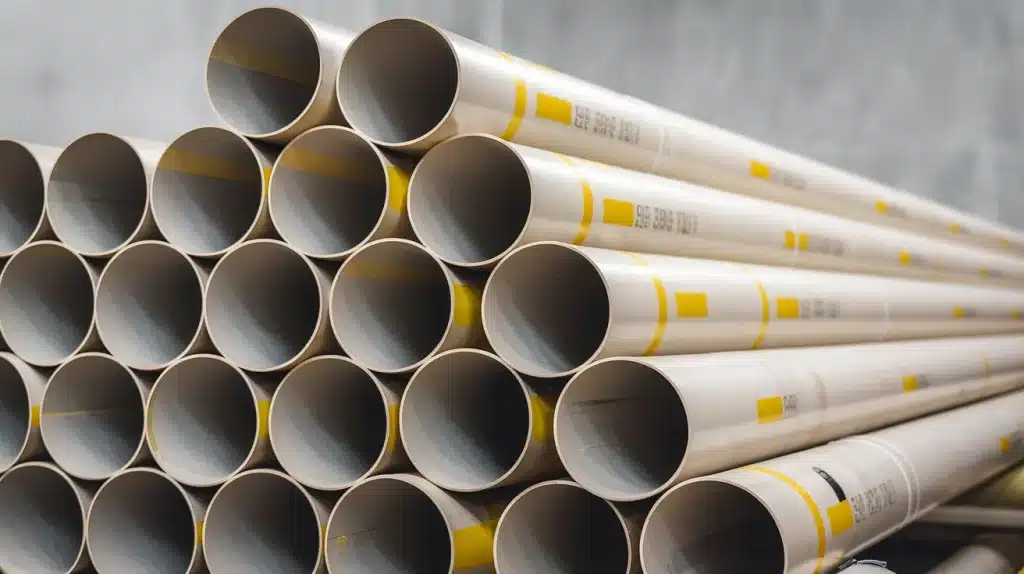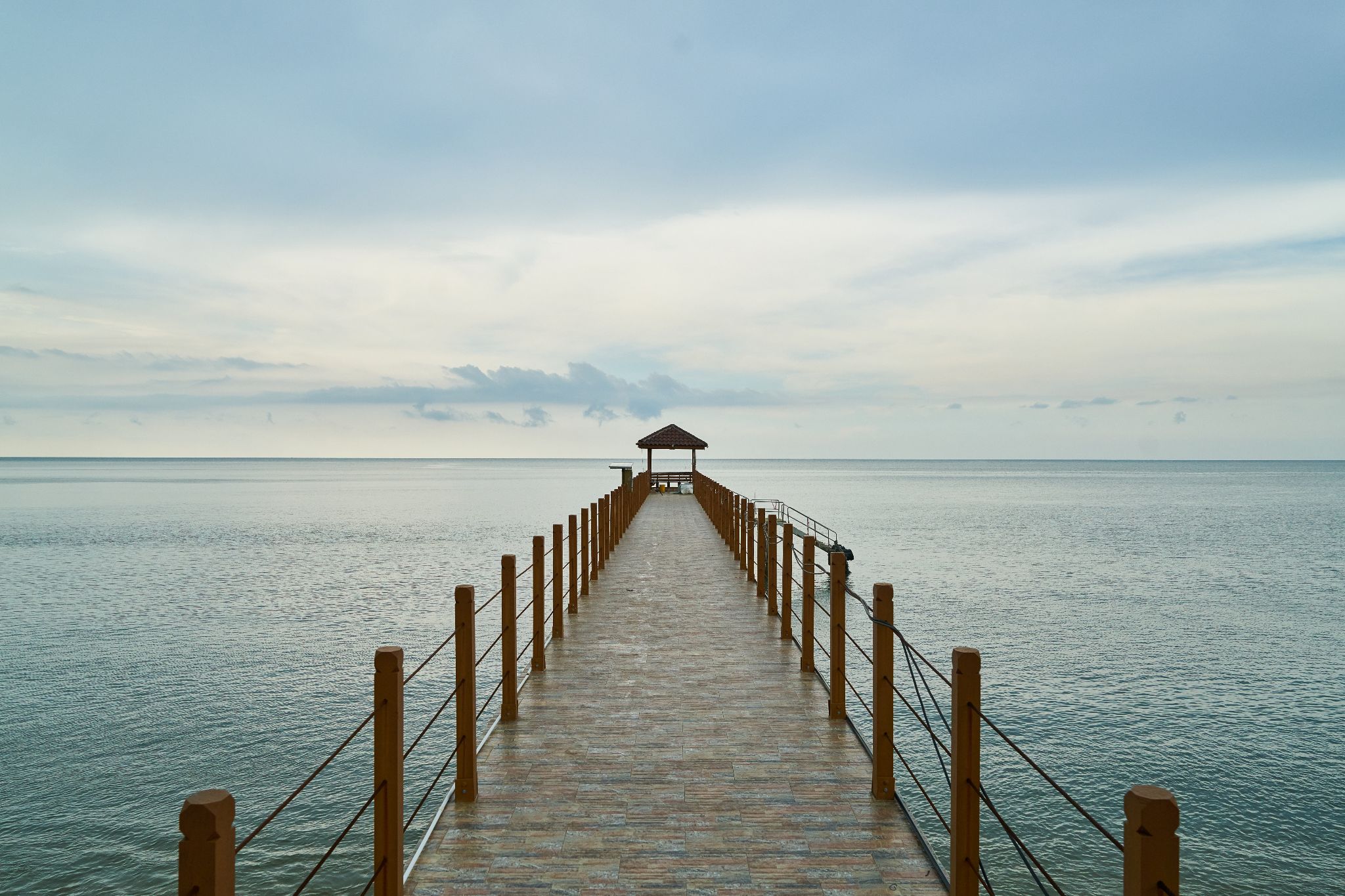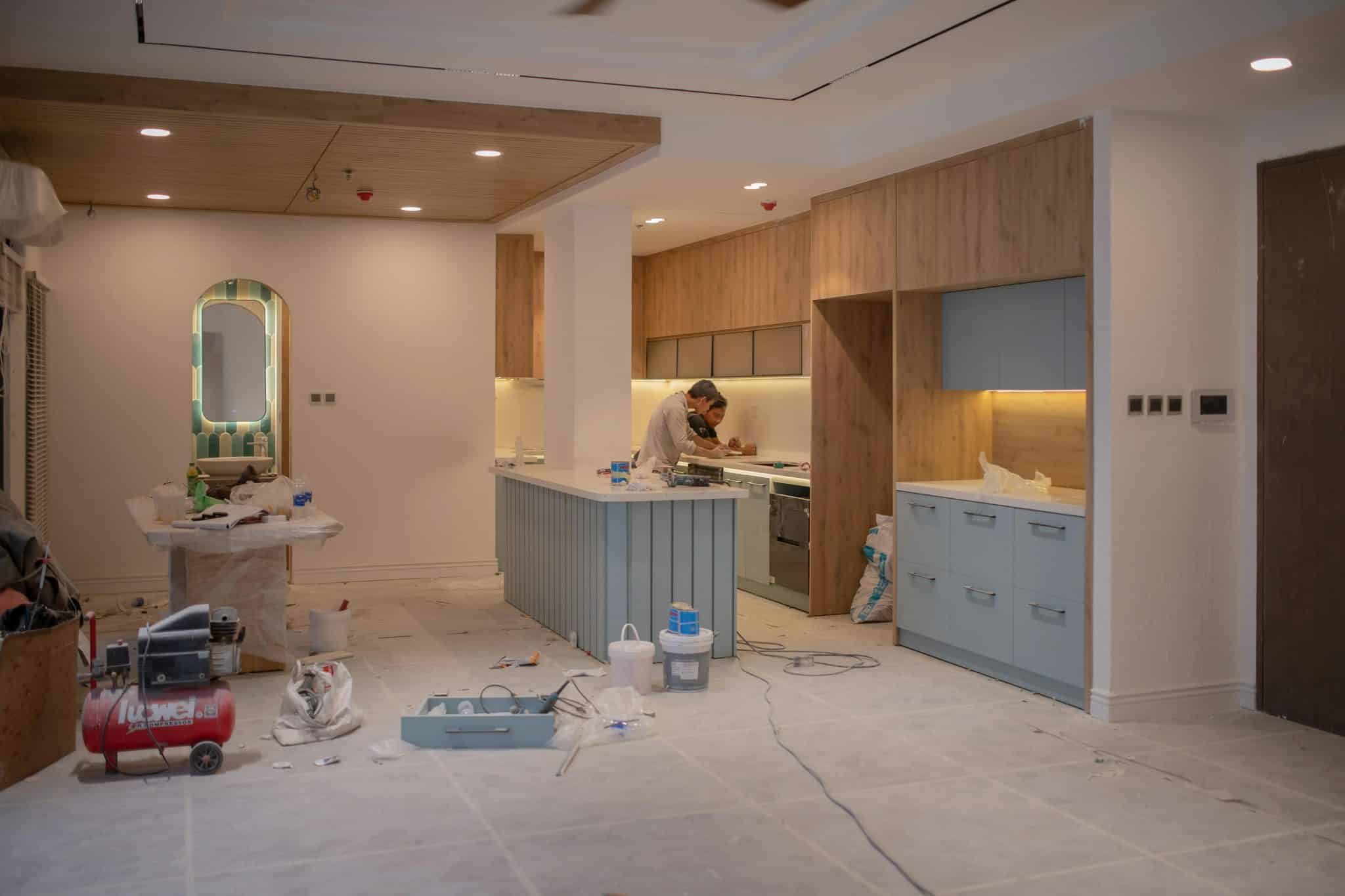Ever stood in the plumbing aisle feeling completely lost about which pipe to choose?
I’ve been there too, staring at rows of PVC, copper, and steel pipes without knowing which one fits my project. The wrong choice can cost you time, money, and serious headaches down the road.
What if I told you that understanding pipe types is simpler than you think? Each pipe has specific strengths that make it perfect for certain jobs.
From flexible PEX for tight spaces to durable copper for water lines, there’s a clear winner for every situation.
I’ll walk you through the most common pipes you’ll encounter, explaining exactly what each one does best.
By the end, you’ll know which pipe to grab for your next project with complete confidence.
Why Does Choosing the Right Pipe Matter?
Picking the wrong pipe can turn a simple project into a costly nightmare. The right choice saves you money, time, and prevents future problems that could damage your property.
- Cost Impact: Using the wrong material means you’ll pay twice – once for the initial installation and again when it fails. Inappropriate use of cheap pipes often leads to expensive repairs and water damage.
- Safety Concerns: Different pipes handle different pressures and temperatures. Installing PVC for hot water or using the wrong pipe for gas lines creates serious safety risks for your family and property.
- Long-term Performance: The right pipe lasts decades with minimal maintenance. The wrong choice means frequent replacements, leaks, and constant headaches. A good decision today prevents years of problems tomorrow.
- Project Success: Matching the pipe to your specific needs ensures your plumbing works reliably. Consider factors like water temperature, pressure requirements, local building codes, and your budget before making any decisions.
9 Common Types of Pipes You Should Know
From basic home repairs to major construction projects, understanding the different types of pipe materials helps you make informed decisions.
Each type serves specific purposes, and knowing their strengths can save you time, money, and future headaches.
1. PVC Pipes (Polyvinyl Chloride)
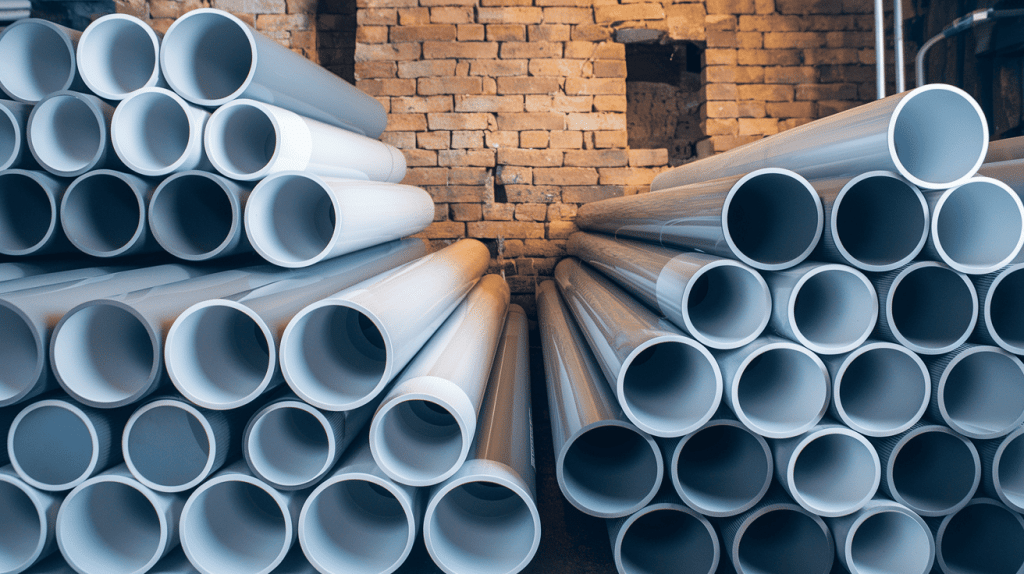
PVC pipes are made from a synthetic plastic polymer created by combining vinyl chloride monomers through polymerization. These pipes have a smooth interior surface that allows efficient water flow with minimal friction.
They’re manufactured in standard sizes with white or gray coloring from UV-protective additives. PVC is joined using solvent cement that chemically welds the pieces together.
Applications:
- Drainage and sewer systems.
- Cold water supply lines.
Key advantages:
- Very affordable and widely available.
- Chemical resistant and won’t corrode.
- Lightweight for easy installation.
Limitations:
- It cannot handle hot water.
- It becomes brittle in freezing temperatures.
- Limited pressure capacity.
2. PEX Pipes (Cross-linked Polyethylene)
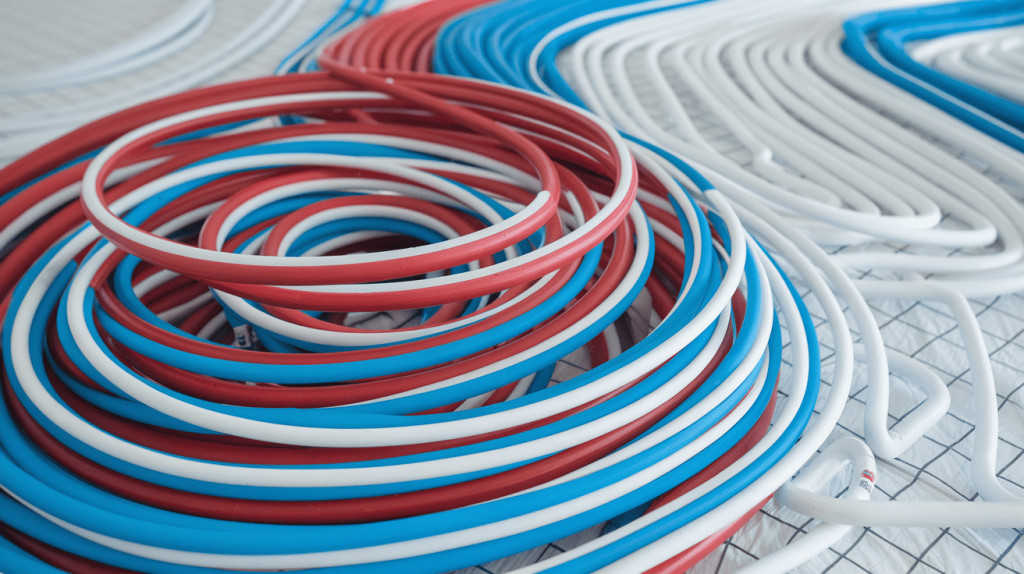
PEX is made from polyethylene that’s been chemically altered through cross-linking, creating strong bonds between polymer chains. This process imparts flexibility and strength to the material while rendering it memory-resistant.
The cross-linking occurs through methods involving peroxides, silane, or electron beam radiation. PEX comes in color-coded versions (red for hot water, blue for cold water, and white for either) to aid in installation.
Applications:
- Residential water supply systems.
- Radiant floor heating installations.
Key advantages:
- Extremely flexible design.
- Resistant to scale and chlorine damage.
- Expands without bursting when frozen.
Limitations:
- It cannot be used outdoors.
- Requires special installation tools.
- Some areas restrict its use.
3. Copper Pipes
Copper pipes are made from 99.9% pure copper metal formed into tubes through drawing or extrusion processes. The copper comes in different tempers – soft (annealed) copper that’s bendable, and hard (drawn) copper that’s rigid.
Natural copper properties make it antimicrobial, killing bacteria and viruses on contact. Over time, copper develops a protective green patina that prevents further corrosion.
Applications:
- Water supply systems in residential and commercial buildings.
- HVAC refrigeration lines.
Key advantages:
- Naturally kills harmful bacteria.
- Extremely durable (50+ years).
- Handles high temperatures and pressures.
Limitations:
- Much more expensive than plastic.
- Requires soldering skills and tools.
- Can corrode in acidic water.
4. Steel Pipes
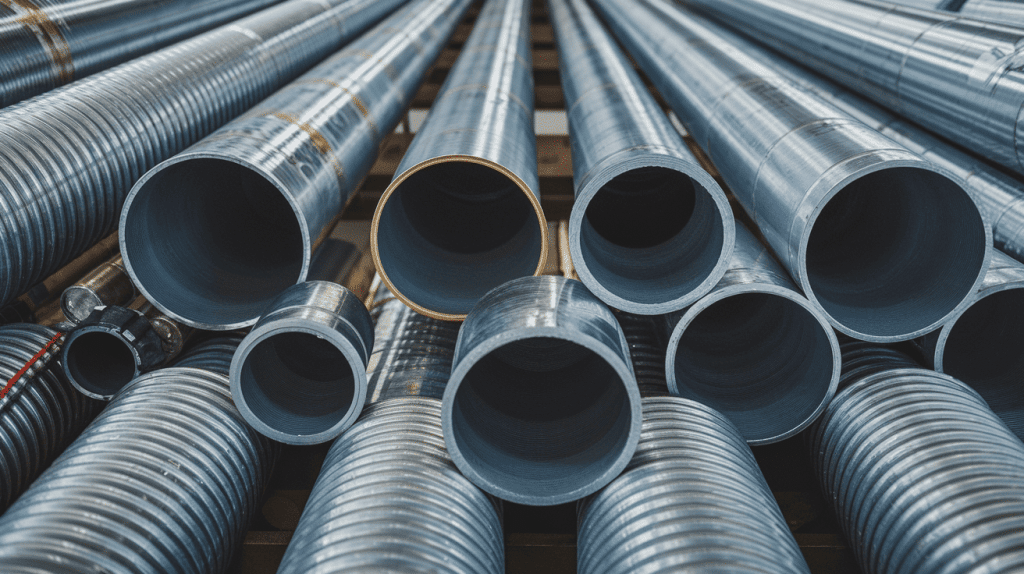
Steel pipes are made from carbon steel (an alloy of iron and carbon) and are typically galvanized with a zinc coating to prevent rust. The galvanization process involves dipping the steel pipe in molten zinc, creating a protective barrier.
These pipes are manufactured through seamless or welded processes with threaded ends for connections. The steel provides incredible strength for high-pressure applications and industrial use.
Applications:
- Gas supply lines.
- High-pressure industrial systems.
Key advantages:
- Exceptional strength for extreme pressures.
- Fire-resistant properties.
- Long-lasting when properly maintained.
Limitations:
- Heavy weight makes installation challenging.
- It can rust if the coating is damaged.
- Requires threading equipment.
5. Cast Iron Pipes
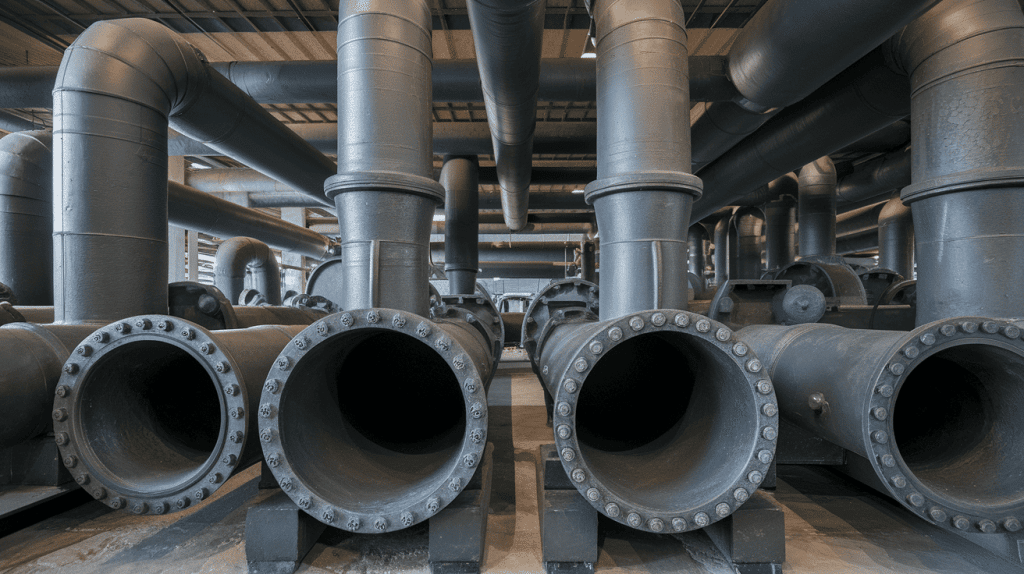
Cast iron pipes are made from iron that’s been melted and poured into molds, creating thick-walled, heavy-duty pipes. The casting process creates a material that’s harder and more brittle than steel but incredibly strong in compression.
Modern cast iron pipes often have cement or plastic linings to prevent corrosion and improve water flow. The thick walls provide excellent sound dampening, making them ideal for noise reduction in buildings.
Applications:
- Main sewer lines and drainage systems.
- Commercial buildings require noise reduction.
Key advantages:
- Extremely durable (75-100 years).
- Excellent soundproofing.
- Can support heavy loads underground.
Limitations:
- Very heavy installation requirements.
- Expensive compared to modern alternatives.
- It can develop rust and scale buildup.
6. HDPE Pipes (High-Density Polyethylene)
HDPE pipes are made from petroleum through a process of polymerization that creates long chains of ethylene molecules with minimal branching. This “high-density” molecular structure creates a stronger, more rigid material than low-density polyethylene.
These pipes are typically black with colored identification stripes and are joined using heat fusion. HDPE has excellent chemical resistance and flexibility, making it ideal for challenging installations like directional drilling.
Applications:
- Municipal water distribution systems.
- Industrial chemical transport lines.
Key advantages:
- Highly flexible and impact-resistant.
- Excellent chemical and corrosion resistance.
- It can be heat-fused for leak-proof joints.
Limitations:
- More expensive than PVC.
- Requires special fusion welding equipment.
- Limited availability in smaller sizes.
7. Concrete Pipes
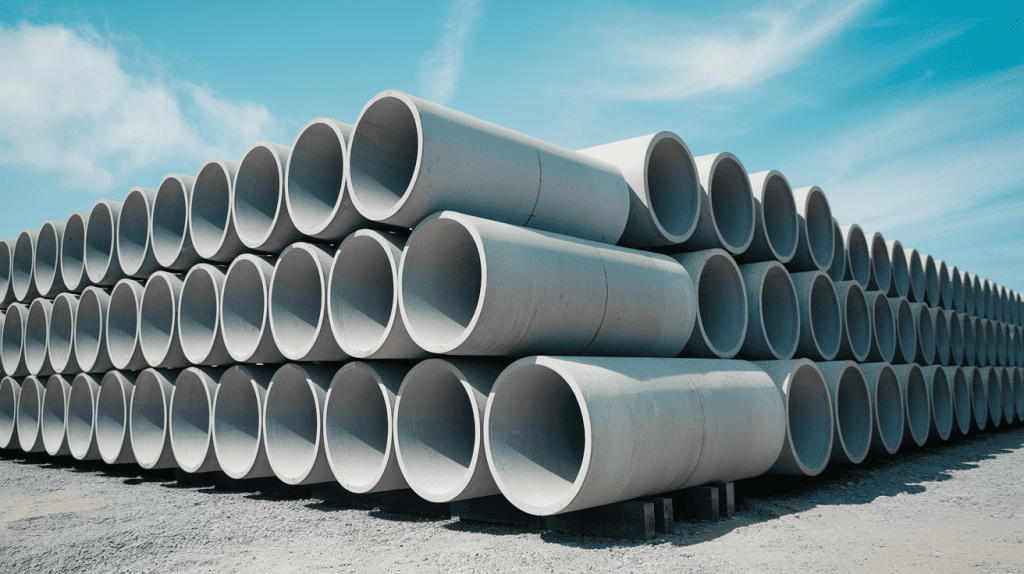
Concrete pipes are made from Portland cement, sand, gravel, and water that are formed in molds and cured to create strong, durable pipes. Many are reinforced with steel mesh or rebar for added strength against cracking and structural loads.
The concrete mixture is carefully controlled for strength and durability, with additives sometimes included for specific properties. These pipes are manufactured in large diameters and designed to handle significant loads from soil and traffic above.
Applications:
- Large municipal drainage systems.
- Stormwater management infrastructure.
Key advantages:
- Exceptional strength for heavy loads.
- Very long service life (50-100 years).
- Can be manufactured in large diameters.
Limitations:
- Extremely heavy, requiring special equipment.
- High transportation and installation costs.
- Can crack under extreme ground movement.
8. CPVC Pipes (Chlorinated Polyvinyl Chloride)
CPVC is made by adding chlorine to regular PVC resin, which changes the molecular structure and significantly improves temperature resistance.
The chlorination process replaces hydrogen atoms with chlorine atoms, creating a material that handles temperatures up to 200°F.
CPVC maintains the same chemical resistance as PVC but with much better heat tolerance. It’s joined using solvent cement specifically designed for CPVC, creating strong, permanent connections.
Applications:
- Hot water supply systems.
- Commercial and industrial hot water applications.
Key advantages:
- Can safely handle hot water up to 200°F.
- Maintains excellent corrosion resistance.
- Lighter and easier to install than metal.
Limitations:
- More expensive than regular PVC.
- Can become brittle over time.
- Requires proper support due to expansion.
9. Flexible Hoses
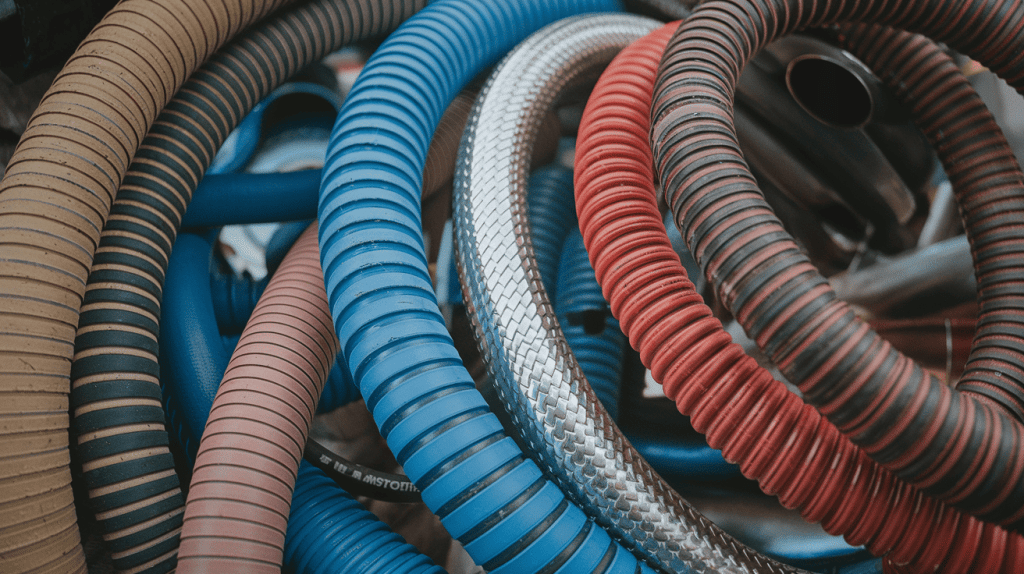
Flexible hoses are made from various materials, including rubber, braided stainless steel, or reinforced plastic with multiple layers. Rubber hoses have an inner tube, reinforcement layers (fabric or wire braid), and an outer protective cover.
Braided stainless steel hoses feature a corrugated inner tube covered with flexible stainless steel braid for strength. These hoses come with various end fittings like threaded connections, quick-connects, or compression fittings for easy installation.
Applications:
- Appliance connections (washing machines, dishwashers).
- Temporary water connections and emergency repairs.
Key advantages:
- Extremely easy to install.
- Can bend and flex around obstacles.
- Available with pre-attached fittings.
Limitations:
- Not designed for permanent installations.
- It can kink, wear out, or fail easily.
- Generally more expensive per foot.
Pipe Comparison: Finding Your Perfect Match
Selecting the right pipe can feel overwhelming with so many options available. Each material has unique strengths that make it perfect for specific situations.
This comparison table breaks down the key factors to help you make an informed decision.
| Pipe Type | Cost | Durability | Flexibility | Temperature Range | Best Uses |
|---|---|---|---|---|---|
| PVC | Low | Good (20-40 years) | Rigid | Cold water only | Drainage, cold water lines |
| PEX | Medium | Good (25-40 years) | High | Hot and cold water | Residential water supply, heating |
| Copper | High | Excellent (50+ years) | Low | High temp capable | Water supply, HVAC systems |
| Steel | High | Excellent (40+ years) | Rigid | High temp capable | Gas lines, industrial use |
| Cast Iron | Very High | Excellent (75-100 years) | Rigid | Standard temps | Sewer lines, noise reduction |
| HDPE | Medium-High | Excellent (50+ years) | High | Standard temps | Municipal water, chemicals |
| Concrete | Very High | Excellent (50-100 years) | Rigid | Standard temps | Large drainage systems |
| CPVC | Medium | Good (25-40 years) | Rigid | Hot water (up to 200°F) | Hot water systems |
| Flexible Hoses | Medium | Fair (5-10 years) | Very High | Varies by type | Appliances, temporary use |
Use this table to match your specific needs with the right pipe material. Consider your budget, installation requirements, and long-term goals when making your final choice.
Conclusion
Now you understand the key differences between the most common types of pipes.
Each material serves specific purposes, from budget-friendly PVC for drainage to reliable copper for water systems.
The right choice depends on your project needs, budget, and long-term goals.
Making an informed pipe selection saves you thousands in repairs and prevents costly mistakes.
Your plumbing system will work better and last longer when you match the material to the job requirements.
Ready to start your next plumbing project? Use the comparison table above to find the perfect pipe for your needs. Remember to check local building codes before making your final purchase.
Have questions about which pipe works best for your specific situation?
Share your project details in the comments below.

